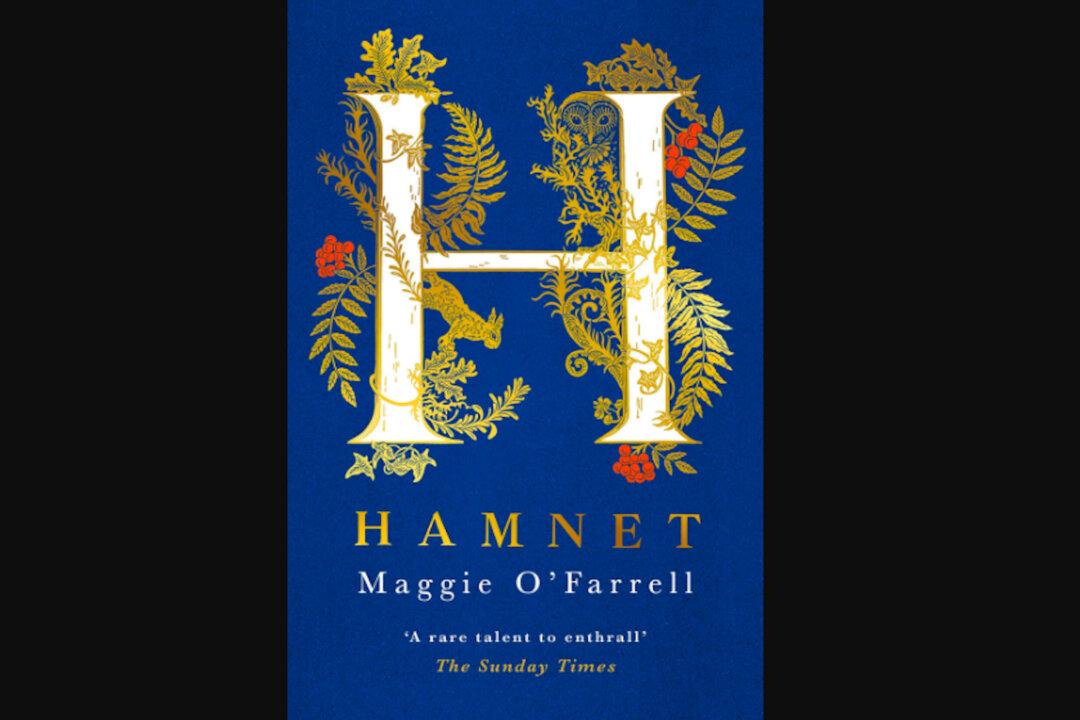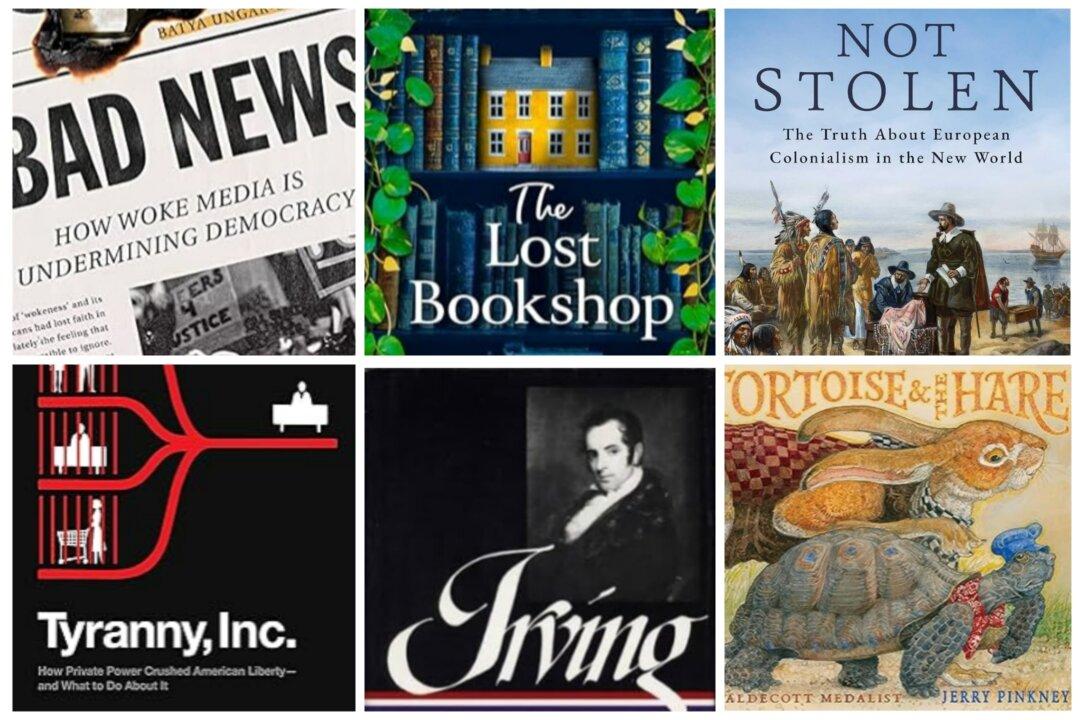“He is dead and gone, lady,
He is dead and gone;
At his head a grass-green turf,
At his heels a stone.”
Hamlet, Act IV, scene 5
A very young boy is frantically seeking help for his ill sister. Judith is his twin, and her lifeblood seems to course through his veins. Her pain is his.






